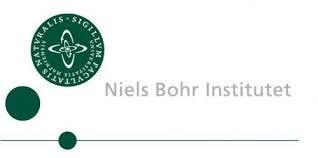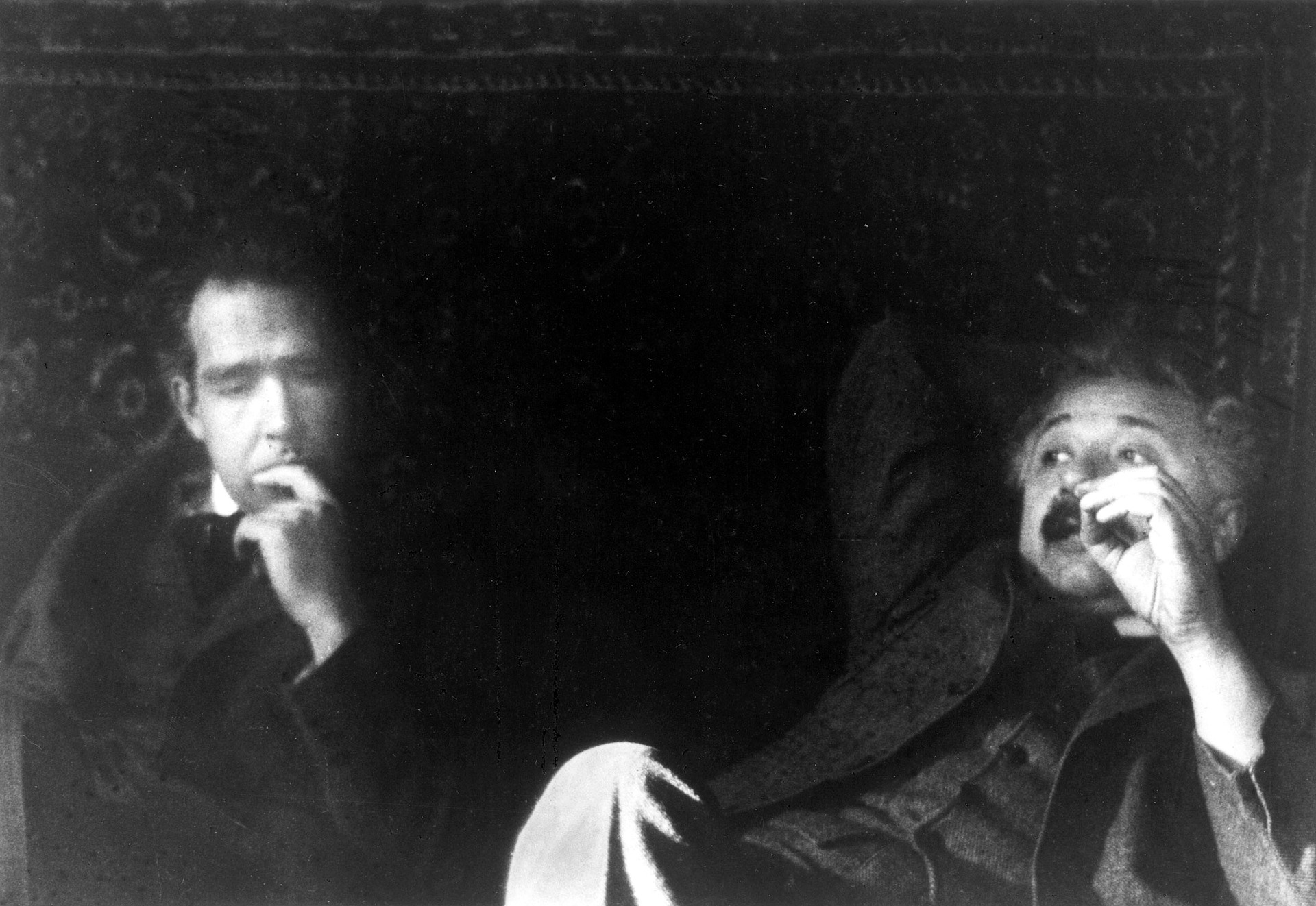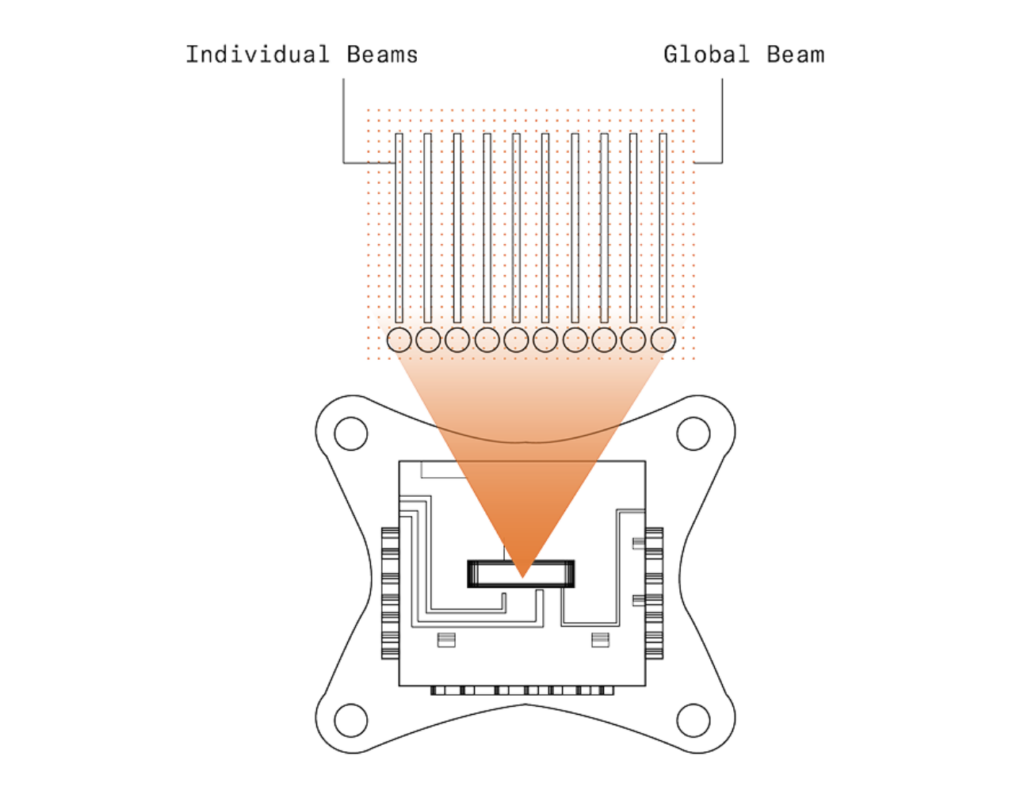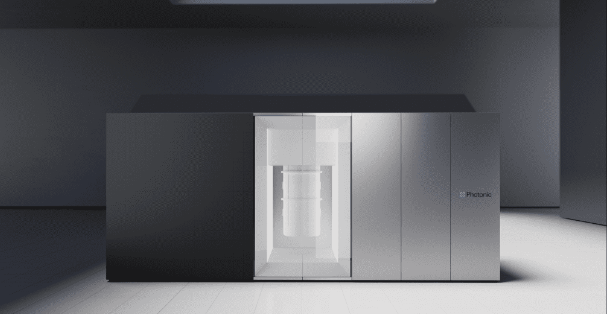
‘Possessing The Tool’
A research team from the University of Copenhagen Niels Bohr Institute in collaboration with the University of Bochum has published a paper in Science Advances on the development of a nanochip the size of less than one-tenth the thickness of a human hair. The paper, Scalable integrated single-photon source, also proves that the chip produces a “quantum mechanical resource that can be used to reach ‘quantum advantage’ with already demonstrated technology”. With enough financial backing from the powers that be, the nanochip could be used to build a quantum simulator in the future.
“We now possess the tool that makes it possible to build a quantum simulator that can outperform a classical computer. This is a major breakthrough and the first step into uncharted territory in the world of quantum physics,” said Professor Peter Lodahl, Director of the Center for Hybrid Quantum Networks (Hy-Q) and founder of startup Sparrow Quantum, which commercializes photonic quantum technology components based on research and patents developed in the Niels Bohr Institute.
The nanochip allows the team to create enough photons encoded with quantum information to scale up the technology, which makes ‘quantum advantage’ a certain reality. Quantum advantage is a state when a quantum computer can solve any computational task much quicker than any of the world’s most powerful supercomputers.
Different Approaches
Currently, there are several approaches to building better, more reliable qubits with atoms, electrons or photons the most widely used. All these proposals have their upsides, as well as downsides, so for the time being it’s difficult to know which one will come out on top.

Light-based quantum (photons) qubits, to scientists’ annoyance, have had their issues with quality levels in the past, but the researchers’ work may put this problem to bed and place the Niels Bohr Institute even more on the map in regard to photonics-based quantum technology with specifications that give quantum advantage.
“Denmark and Europe have proud traditions in quantum optics research, and at the same time a strong telecom industry and infrastructure. It would be really exciting to combine these strengths in a large-scale initiative dedicated to photonic quantum computers. It would be fantastic to be part of a process that extends all the way from fundamental quantum physics to new technological applications,” said Lodahl.
To date, however, the team has yet to run a ‘quantum advantage’ experiment, but this seems to be just a matter of time.
Lead Author
“It could cost us 10 million Euro to perform an actual experiment that simultaneously controls 50 photons, as Google did it with superconducting qubits. We simply can’t afford that. However, what we as scientific researchers can do is to develop a photon source and prove that it can be used to achieve ‘quantum advantage’. We have developed the fundamental building block,” said assistant professor Ravitej Uppu, lead author of the paper.
Going further, Lodahl added:
“In the meantime, we will use our photon sources to develop new and advanced quantum simulators to solve complex biochemical problems that might, for example, be used to develop new medicines. So, we are already preparing the next steps for the technology. Being at a university allows one to establish the foundation of a technology and demonstrate the possibilities, whereas definitive technology upscaling requires greater investment. We will work to establish a strong European consortium of academic and industrial partners with a focus on building photonic quantum simulators with ‘quantum advantage’.”

Exciting times ahead, then, not only for the Niels Bohr Institute but for Denmark’s contribution to a future photonics quantum computer.
Facts on the research courtesy of the Niels Bohr Institute:
- Researchers have developed a nanochip capable of producing hundreds of light particles (photons) that can be used to store huge amounts of data in the form of quantum information.
- The nanochip produces light particles containing information, and can be used as hardware in tomorrow’s quantum computers, much in the same way that electrical transistors are used in today’s conventional computers.
- The research is funded by the Danish National Research Foundation, the European Research Council (ERC), and the Danish Agency for Science, Technology and Innovation and is a collaboration with the University of Bochum, Germany.
For more market insights, check out our latest quantum computing news here.


















